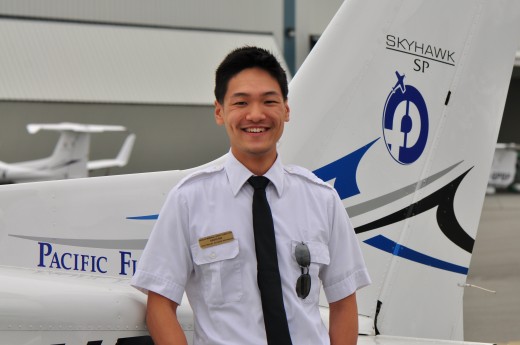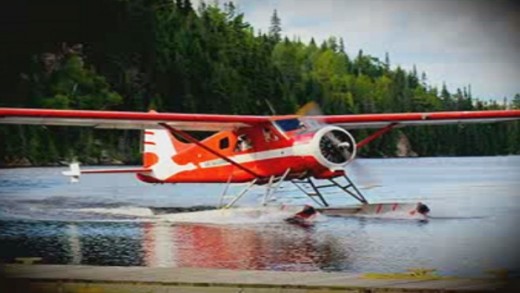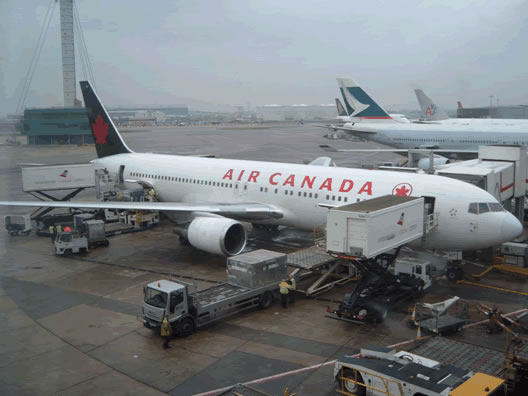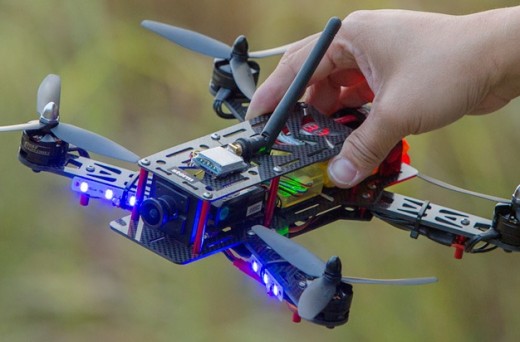 Scroll Down to see all of this week’s updates
Scroll Down to see all of this week’s updates
Shi Wins Webster Trophy

Zhuoyang (David) Shi, from Moncton Flight Centre is Canada’s Top Amateur Pilot for 2015
Shi, who represented the Atlantic provinces, won the John C. Webster Trophy Competition last week in the annual competition. Runner up was Jack Bradshaw, from Brampton Flight College, representing central Ontario.
Gabriel Kim, the Eastern Ontario rep from Seneca College, won the NavCanada/Webster Trophy for his top mark on an exam about regulations and procedures.
This year, the four-day competition was hosted by Pacific Flying Club in Delta, B.C. and culminated with a gala dinner and awards ceremony at the River Rock Resort in Richmond.
Shi had the highest aggregate score after a grueling schedule that included a flight test, simulator ride, two written exams and an interview with the judges.
Shi was awarded a variety of prizes, including future employment opportunities, at the dinner.
Next year’s competition will be held at the Brampton Flight Centre.
Beaver ‘Crashed Vertically’

The Transportation Safety Board says an Air Saguenay Beaver on floats was in a steep dive when it crashed in a remote area near Les Bergeronnes, killing five foreign tourist and the pilot.
The crash occurred last Sunday afternoon while the plane was on a sightseeing trip. The tourists, four from the U.K. and one from France, boarded the aircraft at Long Lake, near Tadoussac, 200 km northeast of Quebec City.
“What we noticed at first sight is that there is not a horizontal trajectory that entered the trees. We have trees that are intact and we have a plane that is on the ground that crashed vertically, between the trees,” TSB investigator Pierre Gavillet told the CBC.
He said the engine was running when the aircraft crashed because it left propeller marks on them.
Air Saguenay is a well established charter and general services carrier based in Jonquiere and it routinely flies sightseers in the summer.
The company operates Beavers, Otters, Caravans and Cessna 185s from bases throughout northern Quebec.
Airports Safety Week Marked

Airports have a lot of workplace hazards that are unique to the aviation industry and now there’s a nationwide program to highlight and discuss those issues.
“Safety has always been a top priority for Canada’s airports. This week, our airport authorities are making sure their employees are up-to-speed on the many risks and challenges they face working in the airport environment,” said Daniel-Robert Gooch, president of the Canadian Airports Council (CAC). “This teamwork among our airports to reinforce safe workplace practices demonstrates our industry’s commitment to the safety of all passengers and employees. It’s a very worthwhile initiative and one that we would like to see expanded to even more airports next year.”
There are 24 airports taking part in the week, which runs until Aug. 30. Staff at all those airports will be getting presentations on airside vehicle operations, foreign object debris (FOD) and general safety themes for the fast-paced environment of the airport.
Thousands of airport workers are taking part in the week, which was spearheaded by Greater Toronto Airports Authority.
Drone Racing Comes To Canada

The rapidly expanding sport of first-person-view (FPV) drone racing has landed in Canada.
The second Collingwood Nationals race weekend was held Aug. 22-23 on the outskirts of the city, ironically at a local heritage site.
FPV racing involves sUAS that transmit streaming video to goggles worn by the operator.
Racing head to head at speeds of 100 kmh or more through a course marked by various sorts of obstacles, participants liken the experience to a real-life Star Wars sequence.
“The whole idea of putting on a set of goggles and flying this thing is like nothing else,” s Paul Dowling, the owner of Autobotix, a store that specializes in racing drones in Toronto, told the Toronto Star. “You are flying it. You will crash. You will feel like you crashed. It’s not uncommon to see someone flying and see them fall over when they crash.”
For now, the emerging sport seems a little chaotic with rules and regulations that are established for each race. But as UAS industry manufacturers increasingly invest sponsorship money in racing, the emergence of dedicated racing teams and race-inspired technology is following.
“The market is growing exponentially worldwide by the day. It’s inconceivable the amount of growth in the past few months,” Dowling said. “People are starting to see that this is not a fad.”
Although it seems frivolous (and a lot of fun), it’s worth remembering that most technological advances in cars, motorcycles and boats come out of racing and the aircraft being raced bear little resemblance to those available commercially.
Still, having the fastest, most manoeuvrable drone doesn’t guarantee victory.
“It’s won in the corner,” racer Jason Ambeault told the Star. “If you can do efficient moves in the corners, then you’ll have a chance at winning. It’s about skills. The faster you are, the higher chance you have of crashing.”
